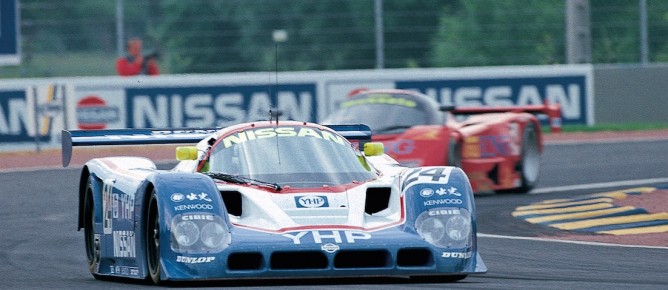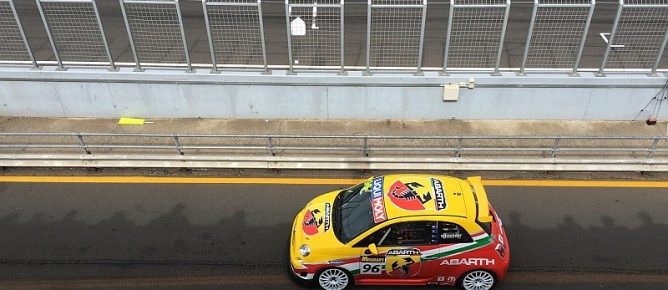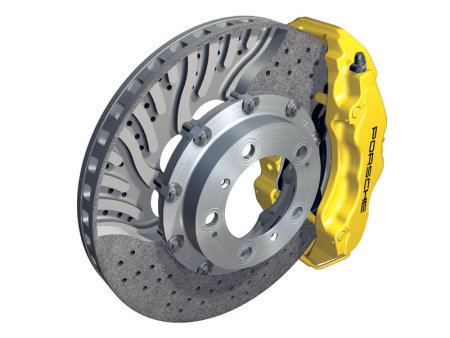
Ppe’s Famous Bathurst Fiat Abarth Returns To Racing
Performance Parts & Engineering (PPE) pulled the covers off its Bathurst-conquering
[ Read More ]

Ppe Audi Tt Rs At Targa High Country 2015
PHOTO: Steven Dowden, Australian Sporting Photos. Copyright. The PPE built
[ Read More ]

Ppe Hones Race Suspension Packages For Track And Tarmac
Motorsport engineering firm Performance Parts and Engineering (PPE) has long
[ Read More ]

Ppe Hones Race Suspension Packages For Track And Tarmac
Motorsport engineering firm Performance Parts and Engineering (PPE) has long
[ Read More ]

Ppe Audi Tt Rss Prove Pace At Targa Tasmania 2015
The PPE-built, prepared and serviced Audi TT RS of Minshall/van
[ Read More ]

Schaeffler Automotive Aftermarket On-board For Bathurst
Performance Parts and Engineering (PPE) is proud to announce partnership
[ Read More ]

Ppe’s Famous Bathurst Fiat Abarth Returns To Racing
Performance Parts & Engineering (PPE) pulled the covers off its Bathurst-conquering
[ Read More ]

Ppe Audi Tt Rs At Targa High Country 2015
PHOTO: Steven Dowden, Australian Sporting Photos. Copyright. The PPE built
[ Read More ]

Ppe Hones Race Suspension Packages For Track And Tarmac
Motorsport engineering firm Performance Parts and Engineering (PPE) has long
[ Read More ]




